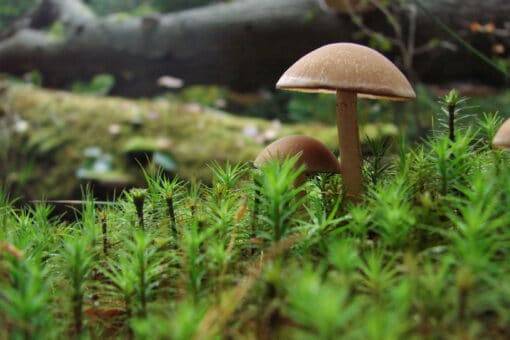Functional diversity of mycorrhizal fungi in relation to land use change and ecosystem functions
The ECTOMYC project investigates the number and ecosystem functions of ectomycorrhizal fungi (EMF) in community with their hosts.

The main aim is to show connections between the intraspecific diversity of beech and the interspecific diversity of fungi, as well as to elucidate functional relationships between the mycorrhizal EMF community and the nutrient exchange between soil and plant.
The following questions are addressed:
- Do beech progeny of different populations behave differently in the exploratories?
- Do the beech progenies recruit different mycorrhizal fungal communities?
- Do the interactions of microbes and environment influence the N supply of the different beech progenies in different ways and
- can this be attributed to transcriptional differences?
To address these questions, a beech transplantation experiment was set up within ECTOMYC by planting 12 beech progenies in 9 forest plots per exploratory. These beech trees will be investigated with regard to their physiological performance and N uptake by means of 15N labelling. The mycorrhizosphere, root and leaf microbiomes will be studied in cooperative analyses by different exploratory groups. Root transcriptomes will be analysed on selected progeny and highly correlated genes will be identified by combining them with ecological parameters. These will be validated in root samples of the 150 forest plots.










